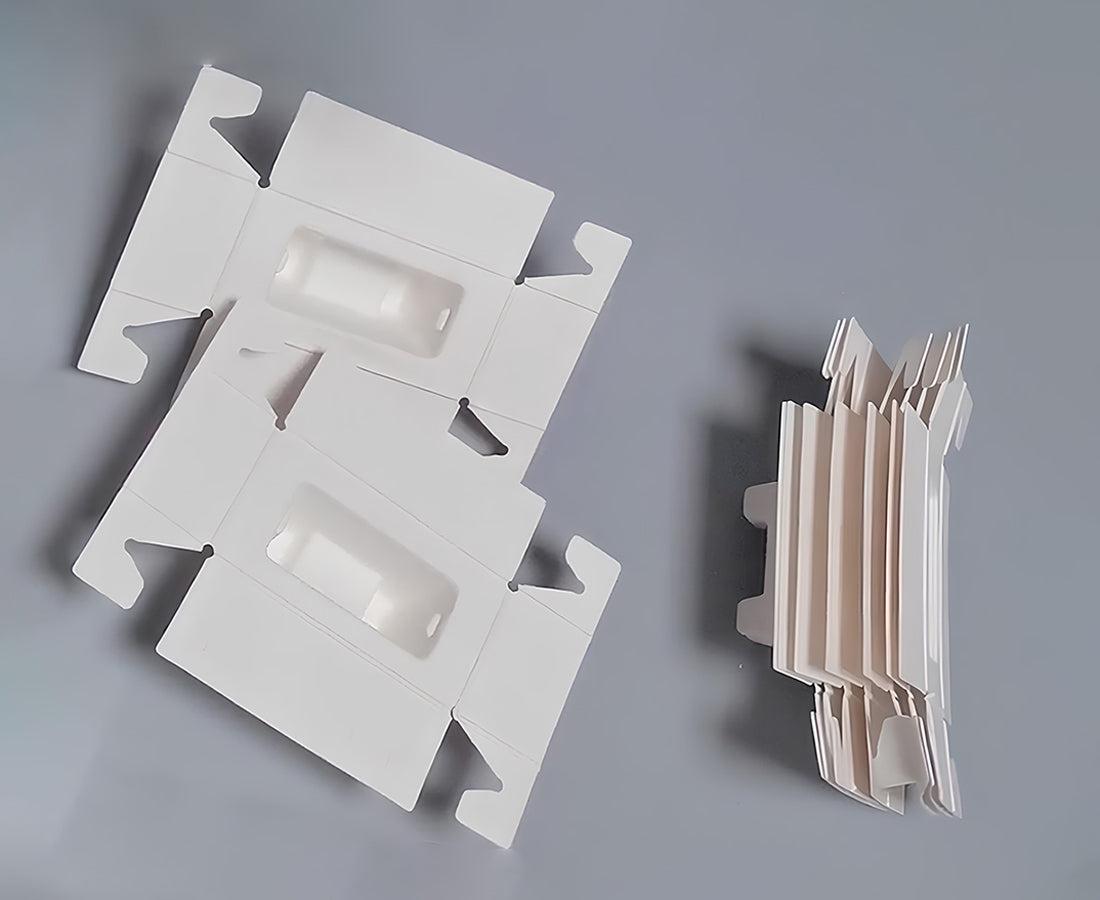Buying a home is one of the largest and most significant purchases most people will make in their lifetimes. Payments are spread out over decades, so you gradually chip away at the mortgage until the home is entirely yours. But you'll have to pay some hefty upfront costs or take advantage of down payment assistance resources to make the initial home purchase possible.
Here are some facts and figures that can help you out if you're wondering how to save for a house, how much you should save, and how to minimize your upfront costs.
Key Takeaways
- You'll likely have to save for various costs, including the home inspection, down payment, closing costs, mortgage insurance, and homeowner's insurance.
- Down payment assistance can help first-time homebuyers with low to moderate incomes.
- Start by creating a realistic savings plan and consider using tax refunds, borrowing from a retirement plan, or asking family members for help.
- Minimize upfront costs by exploring government-backed loans and negotiating with the seller.
How To Save for a Down Payment
How much you'll need for a down payment can depend on your situation and the details of your loan. No down payment would be required if you received a U.S. Department of Agriculture (USDA) loan.1 You would have to come up with a more substantial down payment on a conventional loan to avoid the cost of mortgage insurance. Most lenders require 20% down to waive this requirement.2
Saving cash when you can be a good start, but consider a few other ways to speed up the process.
Create a Savings Plan
Figure out how much you'll need to buy a house, then review your budget with that number in mind. See how much you can put aside each month. Explore ways you can cut back on spending and increase your income to save more. Savings accounts don't earn much interest, so a certificate of deposit (CD) or money market account might be a better choice for this type of major savings goal.
Figure out how long it will take you to save up the amount you need after you've identified a reasonable monthly savings amount. You could be ready to buy in 20 months if you can save $1,000 each month and you need $20,000.
Save Tax Refunds
Tax refund windfalls can be an opportunity to boost your savings and shorten the time it takes to buy a home. Using the example above, you potentially could reduce your savings period to as little as 12 months if you can save $1,000 each month and also receive a tax refund of about $4,000 each year.
Borrow Against Retirement Plans
You could consider borrowing against your retirement plan if you have one. Many 401(k) plan providers offer relatively low-cost loan options that could be applied to buying a new home. This type of loan won't affect your credit score or count against your debt-to-income (DTI) ratio, both of which are important when you're trying to get a mortgage. You can withdraw up to $10,000 from an individual retirement account (IRA) penalty if you're a first-time homebuyer.3
But keep in mind that a 401(k) loan will be secured by the funds in your retirement account, so your retirement savings will be used to repay the loan if you don't pay it back on time.
Note
Taking this route isn't without risk. Consider how much growth on your retirement assets you'll miss if you choose to tap into retirement funds for a home down payment.
Ask Your Family
Your parents or another family member can gift you up to $16,000 per year as of 2022 without any gift tax consequences. If you have two parents willing to help, they can each give you $16,000 without worrying about paying gift taxes on that money. They could also each gift your spouse $16,000 tax-free as well. The key rule with gifts for mortgage purposes is that they can't require repayment in money or money's worth.4
Buy a House With No Money Down
It's also possible to buy a house with little to no money down, but it's important to consider the potential drawbacks of this option. You'll have more to pay back later over the life of your mortgage if you aren't getting a grant or a forgivable loan. But breaking up a larger amount over time may be the best (or only) route to homeownership in some cases.
Down Payment Assistance
Down payment assistance programs help cover your down payment costs with grants, second mortgages, and tax credits. You can look for these programs from federal, state, county, and city governments.
Government Loan Options
HUD offers several government-backed mortgage programs that help to make homeownership more affordable.
You may qualify for a U.S. Department of Veterans Affairs (VA) loan with nothing down and no mortgage insurance requirement if you're a veteran, service member, or surviving spouse.5
USDA loans are another option that comes with the 0%-down benefit, but you must buy a home in a qualifying rural area.1
The FHA loan allows for credit scores as low as 500 and down payments from 3.5%.6
Ask the Seller for Money
You can also negotiate with the seller. You'll have a bit of leverage with this option if you're in a buyer's market. The seller may be willing to pay some or all of your closing costs, give you the down payment as a credit, or both. Talk it over with your real estate agent to see if they think it's viable to ask.
Note
Asking the seller for help with purchase expenses likely won't be successful in a seller's market where the seller has the edge. Also, check with your lender to make sure it's okay to receive credit from the seller in your situation.
How Much Should I Save for a House?
One of the first steps when preparing to buy a house is figuring out how much money you'll need upfront. There are a variety of costs to cover, from the down payment to compensating movers. Your costs as a homebuyer can vary depending on factors such as your loan type, your lender's fees, the location of your new home, the size of your down payment, and the home's purchase price.
Let's say you're going to buy a house that costs $523,900, which was the average sale price in March 2022.7 Here's an estimate of how the costs would break down with an FHA loan.
| COST DESCRIPTION | COST |
|---|---|
| Home Inspection | $400 |
| Down Payment on FHA Loan (3.5%) | $18,336 |
| Closing Costs (4%) | $20,956 |
| Mortgage Insurance Premium (1.75%) | $9,168 |
| Homeowner's Insurance (2 months) | $200 |
| Moving Expenses | $1,633 |
| Home Furnishings | $16,000 |
| Incidentals (1%) | $5,239 |
| Total Costs | $71,932 |
Schedule a home inspection as soon as you're under contract to buy a house. A professional inspector can ensure that you're aware of any necessary repairs or underlying problems with the property.
The required down payment amount can range from 0% to 20% of the purchase price, depending on the loan you choose.
The costs associated with finalizing your mortgage, also known as closing costs, typically range from 2% to 5% of the home's purchase price.8 They often include expenses such as credit check fees, origination and underwriting fees, title insurance, and prepaid interest.
You'll typically be required to get private mortgage insurance (PMI) to protect the lender against the risk of default if you make a down payment of less than 20%. PMI is paid as part of your monthly mortgage payment in many cases, but an upfront payment will typically be required.2
Most mortgage lenders require borrowers to carry homeowner's insurance. The insurance premium is usually paid monthly, but you'll most likely be asked to put two months of estimated annual real estate taxes and insurance payments into an escrow account at closing.9
The average cost to hire movers for a move of less than 100 miles is $1,633 as of April 2022, according to HomeAdvisor.10
Your existing belongings may not fill the home, may not match, may not fit in some rooms, or may need replacing. The average cost of furnishing a home is about $16,000, according to HomeAdvisor.11
There are bound to be other things you'll need for your new home that you weren't expecting, whether it's landscaping or repairs. Something may go over budget during the home-purchase process, so it's always a good idea to have a bit of a cushion to cover incidentals. The general rule is to set aside about 1% of the purchase price of your home every year for repairs and maintenance.
The Bottom Line
One of the first steps when you're thinking about buying a home is to figure out how much you need to save. There's no shortage of mortgage options that can suit almost every budget and credit score. Review reputable mortgage lenders, loan programs, and down payment assistance options to figure out which route is best for you.
Frequently Asked Questions (FAQs)
What is the average down payment percentage for a house?
The median down payment percentage for a house is 6% for first-time homebuyers, 16% for repeat buyers, and 12% overall.12 Repeat buyers can often sell or borrow against a previous home to help them afford a larger down payment.
When do I have to have my down payment for a house?
You must pay a portion of your down payment (1% to 3% of the sales price) when you make your offer in most cases.13 This is referred to as "earnest money." It's a good faith deposit.
The earnest money is deposited into an escrow account and will be credited toward your closing costs or down payment when the sale closes. The remainder of the down payment will be due at closing, although a lender or seller may want to see proof of funds in the days or weeks before closing.
How can I get help with a down payment for a house?
You can look into down payment assistance programs. You may be able to find programs through your state's housing finance authority, your local city and county governments, HUD, a housing counselor, or your lender. Assistance comes in various forms, including grants, second mortgage loans, and tax credits.





